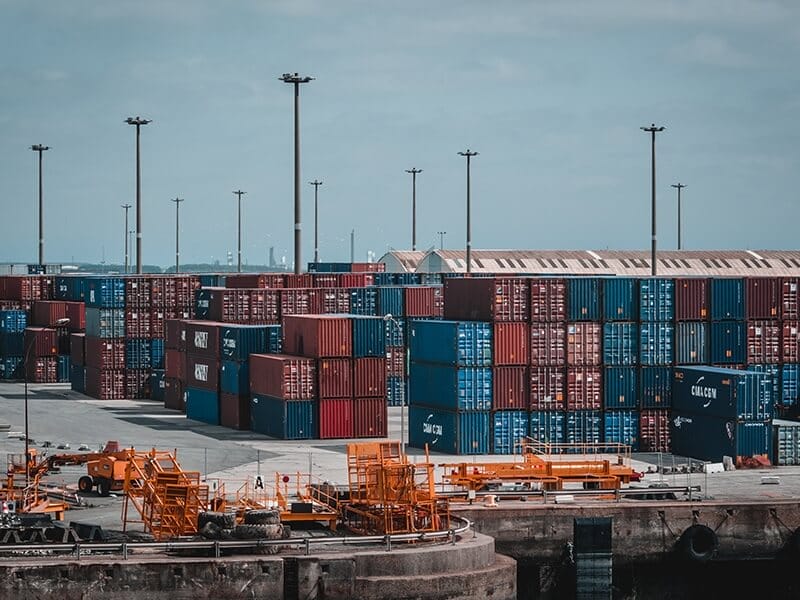
Methyl bromide as a fumigant for international transports
6th August 2020
Methyl bromide is a is an odourless, colourless gas most often used as a fumigant. About 70% of methyl bromide produced in the United States goes into pesticidal formulations. It has been used to fumigate agricultural commodities, grain elevators, mills, ships, clothes, furniture greenhouses and delicate works of art.
Non-pesticidal uses include degreasing wool and extracting oils from nuts, seeds and flowers. Methyl bromide is also a methylating agent in the chemical industry and in the past, was used as a refrigerant. [1]
Methyl bromide as fumigant can be used for many different applications, on board cargo ships once docked and the crew disembarked, against insects, termites, rodents, weeds, nematodes, soil-borne diseases and many other non-desirable pests.
Another important property is the fact that many living plants are tolerant to this gas in insecticidal treatments. Methyl Bromide has the ability to penetrate quickly and deeply into sorptive materials at normal atmospheric pressure, and at the end of a treatment, the vapours dissipate rapidly and makes possible the safe handling the items which have been fumigated. [2]
Treatments often fulfil official quarantine requirements for international shipments and freight. Quarantine fumigation prevents the introduction of specific quarantine pests into a defined geographical area, such as an importing country. An example of a quarantine application of methyl bromide is the fumigation of logs to control wood-boring pests, [3] or delicate works of art being transported from high risk areas of the globe into areas with high biosecurity.
Those tasked with monitoring and controlling methyl bromide, choosing the right equipment to detect hazardous chemicals is paramount. Photoionisation Detection (PID) has been proven to be the ideal technology for methyl bromide as a screening tool because of its high sensitivity.
The Ion Science portfolio of hand-held, portable and fixed PID gas detectors rapidly and accurately detect volatile organic compounds (VOCs) from 1 ppb to 20,000 ppm – a range unmatched by other PID gas detector on the market. The incorporation of Fence Electrode and Anti-contamination Technology ensure that they give the fastest, most accurate and most consistent results, even within challenging humid and dusty environments.
ION Science PID technology has been independently verified as the best-performing PID technology available today.
ION Science offers a range or instruments that will detect methyl bromide including the Tiger handheld VOC detector, Tiger LT VOC detector and Fire Investigation Kit. Along with the Falco & Falco TAC diffused, Falco & Falco TAC pumped, Cub personal VOC detector, GasClam 2 ground gas monitor and the TVOC 2 fixed PID detector.
References
http://pmep.cce.cornell.edu/profiles/extoxnet/haloxyfop-methylparathion/methyl-bromide-ext.html (07.03.19)
http://www.fao.org/3/x5042e/x5042E08.htm (07.03.19)
For more information on the ION Science instrument range, please contact us on:
or telephone: +44 (0) 1763 208 503.
Application Article
Everything you need to know about Methyl bromide as fumigant for international transports
Our Application Articles are available to download below, they provide you with key information on the exposure limits and the locations of where potentially harmful gases can occur within your application and share information on the gas detection monitoring techniques and equipment that can help you manage gas detection in the workplace.









 United Kingdom
United Kingdom






